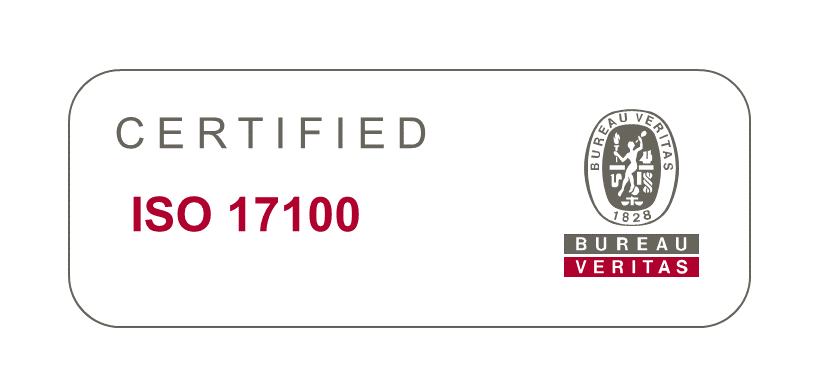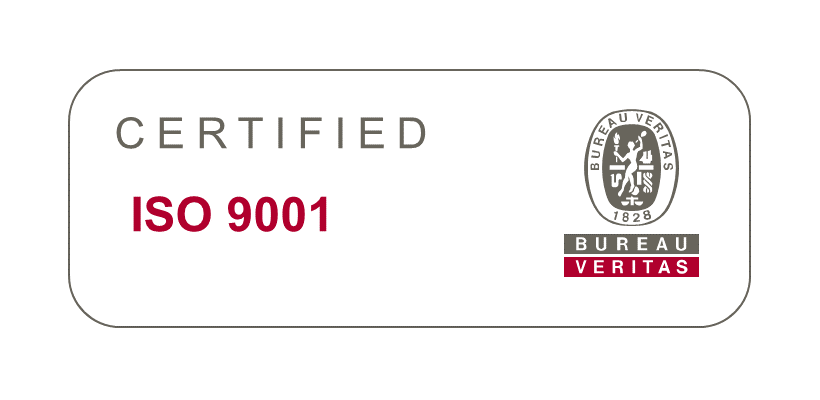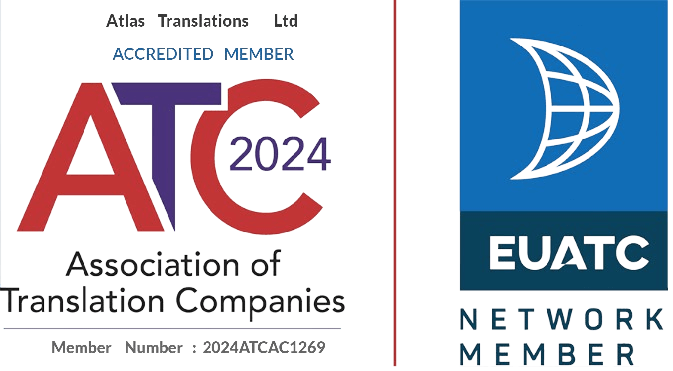Halloween traditions around the world
Halloween, also known as Hallowe’en, All Hallows’ Eve or All Saints’ Eve, is an annual celebration initiating the triduum of Allhallowtide. The origins of All Hallows’ Eve itself are disputed, with some scholars maintaining links back to Celtic harvest festivals. Evidence suggests the festival has pagan roots, stemming from past festivals such as the Gaelic Samhain. Others, on the other hand, propose it has evolved solely through Christianity.
While in many locations the Christian religious observances associated with All Hallows’ Eve continue to be popular, such as church services and lighting remembrance candles, in many parts of the world Halloween celebrations have adopted a more commercial stance.
Folklore and beliefs originating from Celtic-speaking countries are believed to have influenced many modern day Halloween customs. However, the traditions and importance attached to this celebration, observed in the majority of countries on October 31st, vary greatly across the globe…
Mexico and Latin America
In the Latin world, Halloween festivities begin on October 31st and span over a period of three days. This is a celebration otherwise known as El Dia de los Muertos, or Day of the Dead. It is a time to celebrate the memory of those who have passed away, with many villages holding parades featuring dancers dressed as skeletons and brightly decorated markets. On an individual level, families set up ofrendas, small altars set up on tables which are decorated with papel picado, calaveras (sugar skulls), candles, cempasúchil flowers and often plates with the favourite foods and beverages of the departed. Far from being a sombre event, it is seen as an opportunity to bring communities and families together to remember deceased relatives and their lives in a loving and positive way.
North America
Since the 1800s, when Irish and Scottish immigrants brought their Halloween festivities to North America, this holiday has evolved considerably. Halloween’s connection with All Saints’ Day, observed on November 1, has become less pronounced and has instead given way to the development of a whole host of secular traditions such as gathering to watch horror films and trick-or-treating. In some American cities (notably Des Moine and St. Louis) trick-or-treaters tell riddles or jokes instead. Although a hugely commercial festivity (it’s second only to Christmas in total consumer dollars spent), some neighbourhoods are encouraging children to collect donations for UNICEF instead of sweets, an initiation which began in 1950 in Philadelphia, when a Sunday school class had the idea of collecting money for needy children when trick-or-treating. http://www.unicefusa.org/mission/usa/trick-or-treat
United Kingdom
Many customs originating in the United States have travelled back to the United Kingdom where parties, fancy dress and trick-or-treating are all popular Halloween activities. However, some aspects of modern day Halloween celebrations, such as carving lanterns out of vegetables, originated long ago. It is commonly believed that this custom originated in Ireland, where turnips and squash were rumoured to have been carved with grotesque features. Beliefs surrounding the supposed meaning behind this tradition vary – some believe the carved vegetables were simply used as lanterns to guide people on All Hallows’ Eve, whereas others think they have a slightly deeper significance and represented Christian souls in purgatory, or that they were set on windowsills to keep the harmful spirits out of one’s home. Another popular tradition is apple bobbing, which some believe relates to the way women accused of witchcraft in the middle ages were tried. This involved being tied to a chair and repeatedly ducked into a river or pond. If a woman drowned, she was declared innocent. If she survived, she was declared a witch and burnt at the stake.
Slovakia
In Slovakia and some other Eastern European countries, the Halloween festival takes on a much more religious tone. Here, on the 1st and 2nd of November people observe the Catholic All Saints’ and All Souls’ Days. Halloween here is less a commercial celebration of the horror genre (as it has become in many other countries) and is rather celebrated as a day of remembrance for the dead. Some mark the day by lighting candles and laying them at the graves of deceased family members.














